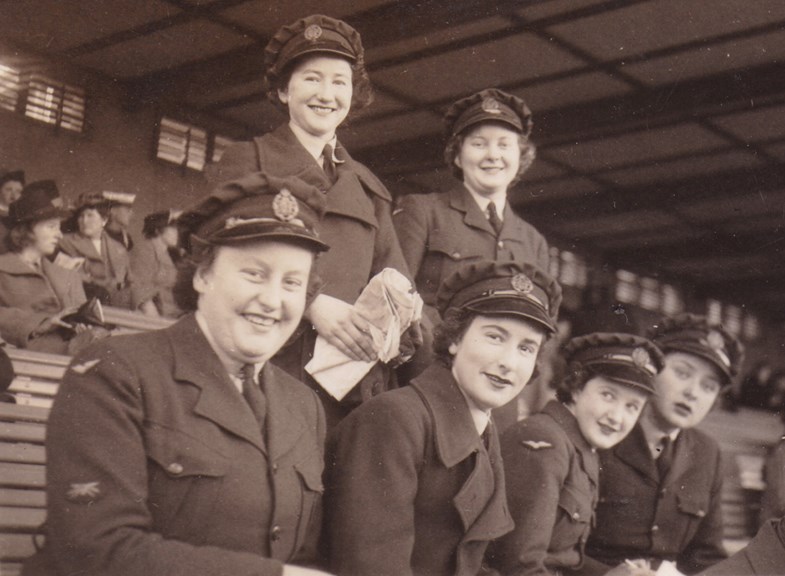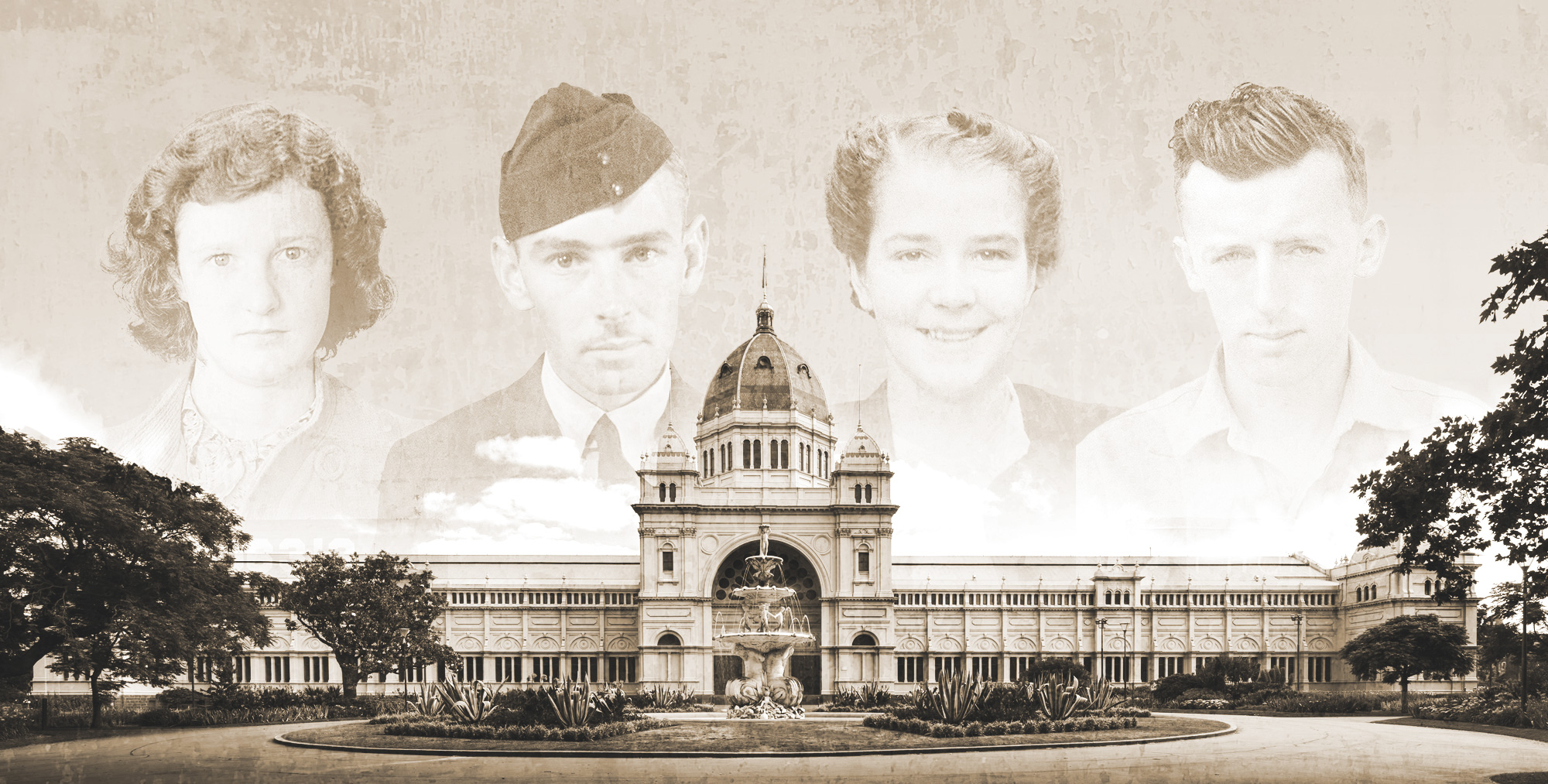
Norma Hornby
Service #106313
First to receive the news the war was over
War was already raging cross the world when a young Norma Hornby joined the Women’s Australian Auxiliary Air Force (WAAAF) in September 1942. The 18-year-old from Katoomba, in New South Wales, had been trained as a clerk and her WAAAF assessors considered her ‘keen and alert’. She was mustered as a teleprinter operator at the rank of ACW1 (Aircraftwoman) and was soon posted to Melbourne. She was based at Frognall—a large home in Canterbury that had become a Wireless Transmitting Station and one of the largest Royal Australian Air Force (RAAF) signals stations in World War II.
The work was important but sometimes challenging due to the stifling heat in summer. The WAAAF women worked in a shed in the garden and slept in huts nearby, which did little to help matters. Norma and her friends did find time to have fun—enjoying picnics, the pictures and holidays in regional Victoria. Norma remembers going to Melbourne’s Exhibition Buildings, used by the RAAF as a training facility, where there were regular dances at the Palais Royale in the eastern annexe of the complex. An aquarium, also on the site, was one of Melbourne’s main attractions.
One trip to Mt Donna Buang, east of Melbourne, was particularly fateful. On the train journey home she met a handsome young RAAF telegraphist, Edward (Ted) Garth. Ted was soon posted up to Darwin but he and Norma kept in touch by writing letters, some of which Norma even read out to her WAAAF friends.
The most important moment of Norma’s military service happened the day she received the message that World War II was over. Norma couldn’t contain herself—she squealed in delight and told everyone around her. Norma later heard that the senior staff were not happy that she had let anyone else know first!
Norma served with the WAAAF until March 1946, then returned home to Katoomba. She and Ted married in 1948 and welcomed three children. 70 years later, she still vividly remembers her years with the WAAAF.
Explore more wartime stories from the Royal Exhibition Building










